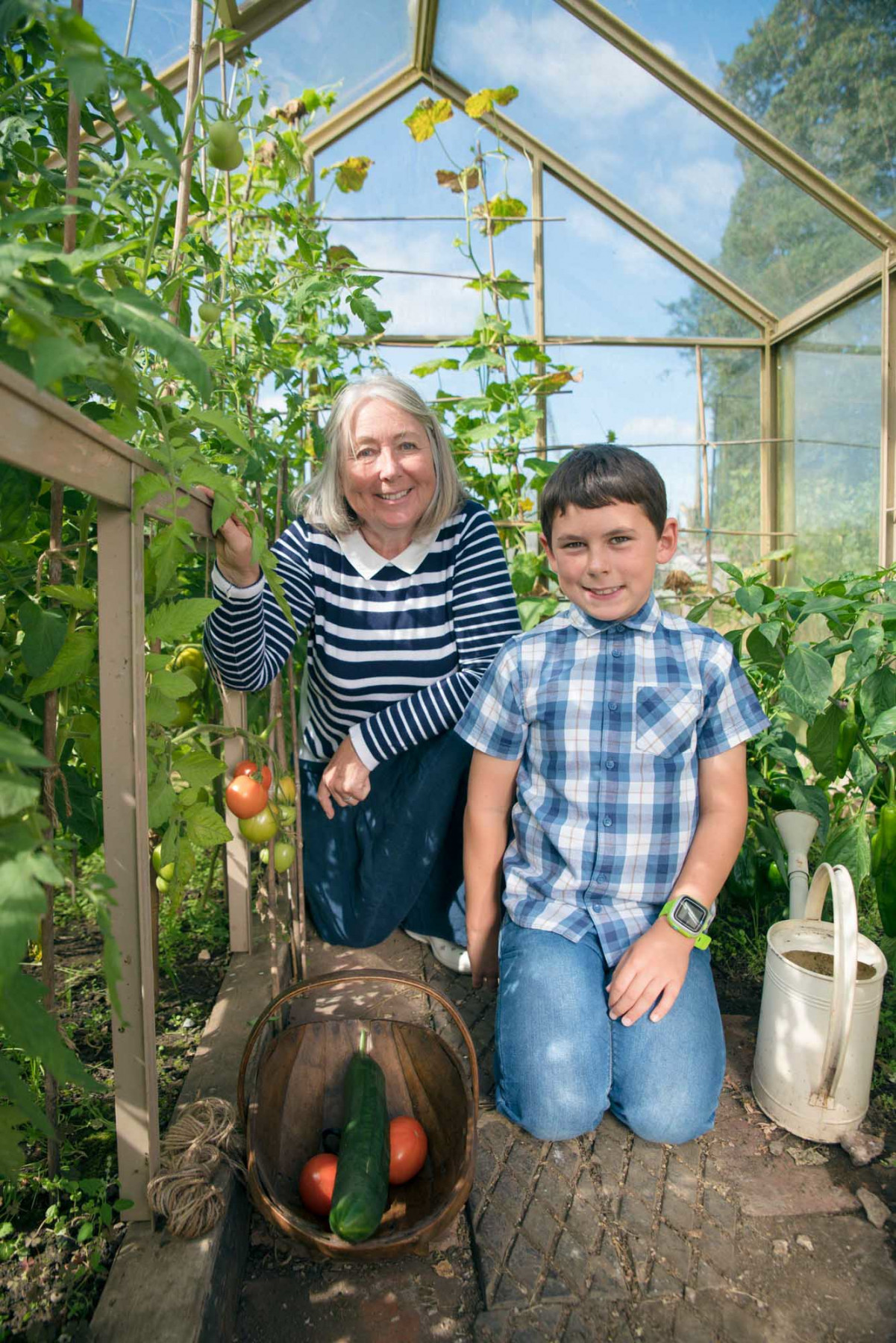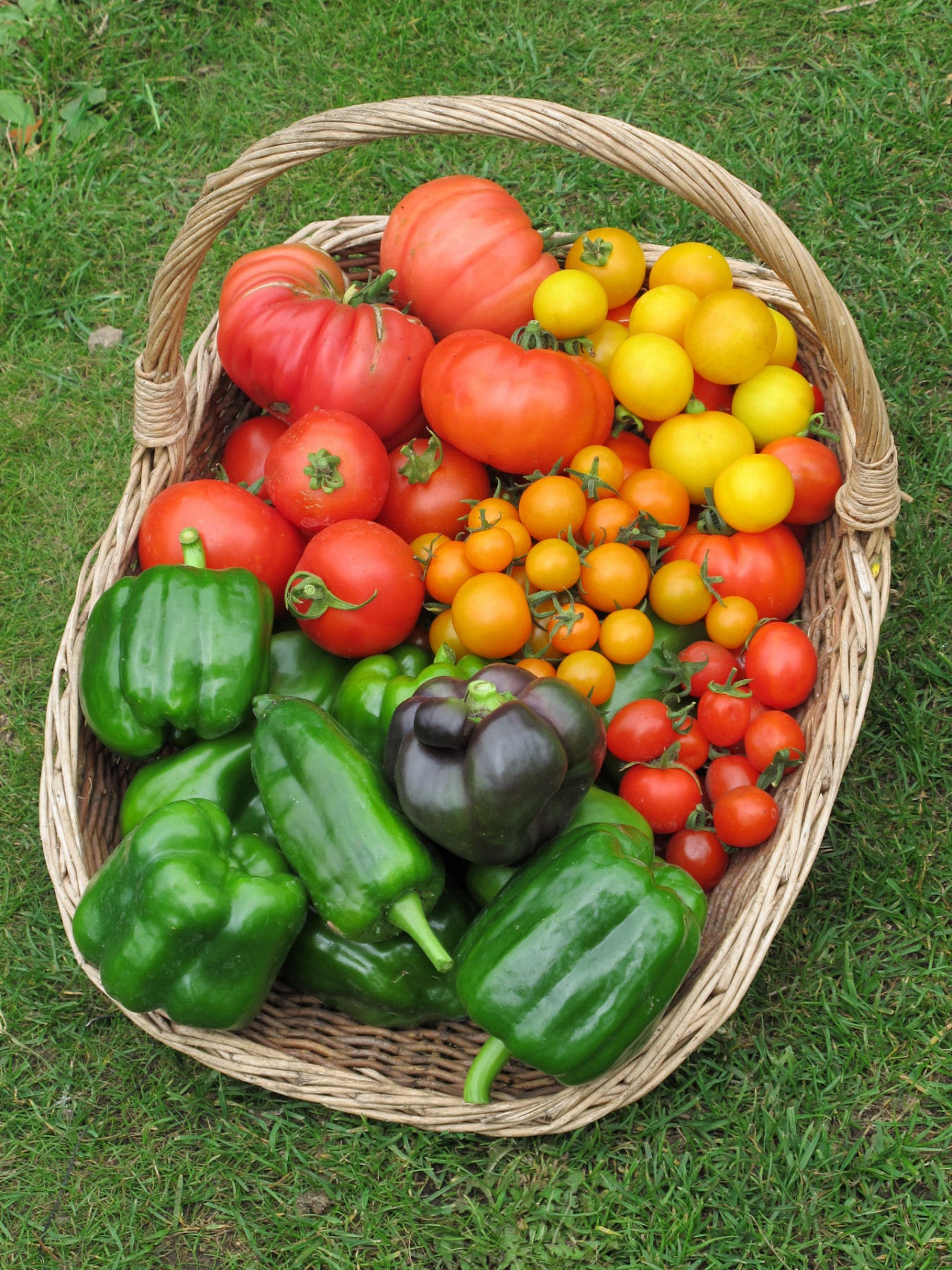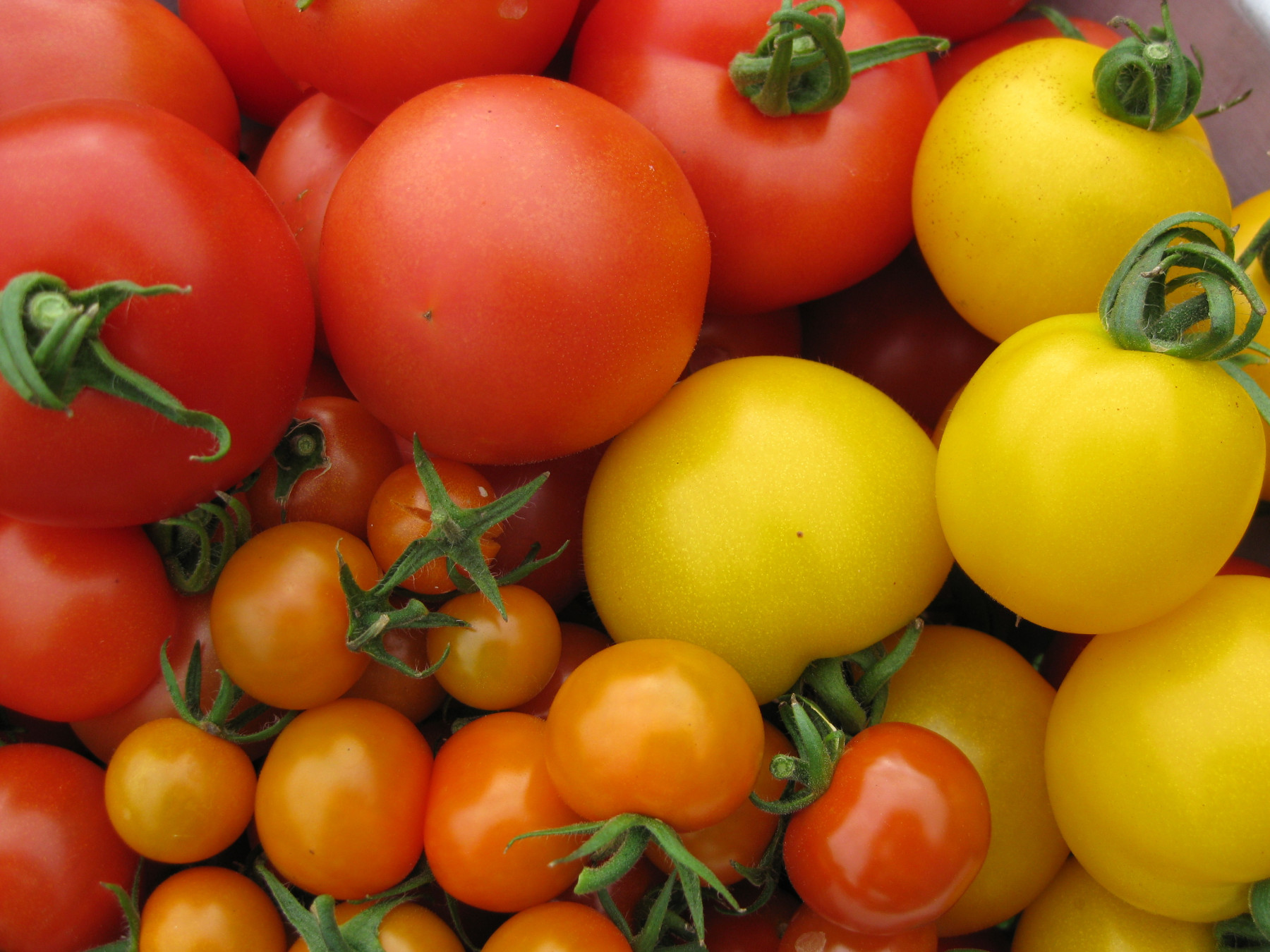In Homage to Shakespeare’s Sonnet 43 –
“How do I love thee.
Let me count the ways.
I love thee to the depth and breadth and height
My soul can reach, when feeling out of sight
For the ends of being and ideal grace.
I love thee to the level of every day’s
Most quiet need, by sun and candle-light.”

No I’m not talking about the Best Beloved, much as I do love him from the tip of his toes upwards – all 6ft 6inches of him. I’m talking about my trusty ten-year old Hartley Greenhouse. Yes, the very one that I bought to display pretty pots of pelargoniums and the like. That thought was soon shattered by the Best Beloved, who immediately commandeered it for tomatoes, cucumbers, peppers and basil! It hasn’t seen a pelargonium ever!
Well, shattered is the word I’d like you to hang on to, for one of our toughened hinged roof lights shattered into a thousand pieces on a night when burglars were about in our village, removing power tools from garden sheds. We know not why or how our greenhouse suffered! However the magnificent Hartley team soon sorted us out, so we were able to replace it within days with another one that slotted in like a dream.
I am, of course using the Royal we. It was the Best Beloved who cleaned up the hailstorm of glass, mounted the ladder and wielded the screwdriver. I was the support act at the denouement. I got to hold the ladder steady, but I soon realised that the Best Beloved was more concerned about his bed of leeks than me!
They always say that you never miss anything until its gone, so once we’d recovered from the shock of discovering the unexplained breakage and made immediate plans to replace the missing pane before the frosts set in, we began to list the produce we’d had out of our modest, unheated greenhouse. It was almost like a wake, when you talk about the departed, and we did feel bereft at the loss.
This year two cucumber plants, from a widely available F1 variety called ‘Carmen’,produced 45 cucumbers and (as I write in mid-October) they are still bumping out the last few, albeit a little slowly. That’s a lot of delicious tuna and cucumber sandwiches and feta, mint and cucumber pittas, made for me by the B.B .There were plenty of extras to give away too, so we haven’t had to buy a cucumber since mid-June. A freshly-picked greenhouse cucumber is a culinary delight and poles apart from one of those cling-film wrapped, water-laden mass-produced one. They’re one of the most willing salad plants and they’re very decorative, when trained on a trellis.
We’ve had 80 pounds of tomatoes and we grow larger, fleshier varieties like ‘Gourmandia ‘and ‘Big Daddy’ in order to make basil and tomato salads and lots of passata. The passata gets ground up in a passata maker ( from Seeds of Italy) and is frozen for winter use.
We also grow a medium-sized red F1 tomato called ‘Akron’, which did really well on a tomato trial held at RHS Wisley in 2013. It was the highest yielding variety of the 32 tested varieties and it was given an AGM. The trial panel recorded long trusses of 8 – 11 deep-red, fleshy fruits with an excellent taste. I’ve stopped growing ‘Shirley as my standard red eating tomato and ‘Akron’ has never disappointed.

We’ve also had a couple of dozen sweet peppers, far less than usual because they found it too hot early in the year. We’ve harvested sweet basil, which we’ve grown in front of the tomatoes and our greenhouse also supplies masses of French tarragon. This is harvested and dried in June and then it’s stored in jars, because it’s our go-to-herb with chicken. We concluded that we simply couldn’t do without our Hartley greenhouse, because it provides an abundance of delicious food for the price of a few packets of seeds. Better still we can eat it straight after harvesting.
Once the crops have gone, there is a decorative flourish because it’s home to the tubs of agapanthus. These South African beauties are hardy as long as the compost is on the dry side. Once April comes, they’re watered and put outside in early May in the lea of the house. Most have finished weeks ago but Agapanthus ‘Hole Park Blue’, which has been grown at Hole Park Gardens in Kent for over a hundred years, flowers until November. It is our latest agapanthus, and the sterile, mid-blue flowers are enormous – although you will only get three or so from a large pot. It’s available from Hoyland Plant Centre ( www.hoylandplantcentre.co.uk ) They hold a Plant Heritage national collection of agapanthus and tulbaghia.
Tulbaghias , daintier agapanthus lookalikes, also carry on flowering late. I have been so impressed by the rubbery jade-green stems and mauve flowers of T. violacea ‘Harry Hay’. Named after the legendary plantsman who gardened in Surrey until his death in 2010, it produces wands of flower from April through to December and each starry mauve floret is delineated by fine purple stripes. It’s often flowering at Christmas and much-admired by garden visitors.
This is the only floral decoration that my Hartley ever sees, at the back end of the year! You could also grow nerines and we have a collection of Nerine bowdenii, in many shades of pink, along our cottage wall. This year’s spring warmth has prompted over 70 buds and they may will carry on until November. Potfuls could be grown outside and then moved into your greenhouse. If you have a smidgeon of heat, the more glamorous Nerine sarniensis cultivars are possible. These Guernsey lilies have redder flowers and some can be a little shy to flower. We have found ‘Fothergilli Major’ reliable year on year. You can acquire more knowledge and different ones from The Nerine and Amaryllid Society. Just google.

The Best Beloved is a scientist through and through, so he weighs everything and he’s calculated that our greenhouse has produced the equivalent of 40 tons per acre. He uses the kitchen scales and writes it all down so when you go to weigh out the caster sugar for scones, for instance, the first thing you have to do is wash the weighing pan! It’s very irritating indeed!
We have fallen out over this, quite spectacularly on one occasion. I was going off to do a gardening talk a few years ago, when the Best Beloved offered to pack up the car and open the gate. This has proved disastrous in the past, for one occasion when I was off to Chelsea he forgot to put my ‘posh’ clothes in the boot. I had the distinct impression on both occasions that he was keen to get rid of me. I checked the lecture kit before I left and all seemed well and then after twenty miles, the penny dropped. My lecture notes were still on my desk, so I turned the car round and headed back home muttering darkly.
I strode into the kitchen to find fifty or so dated foil packets, a calculator, slide ruler and graph paper surrounding my kitchen scales, all on the kitchen table. The look of the surprise on the Best Beloved’s face was quickly replaced by guilt, like catching the dog in the act of stealing ansmall cake from the rack as they cooled. The foil packets contained chicken manure, collected on a daily basis over months, and the Best Beloved was in the midst of a conducting an experiment on nitrogen content.
Sharp words were exchanged on both sides and I pointed out that Mary Berry never had this trouble with her husband. Then the Best Beloved came out with his classic defence statement – “you pooh-pooh everything I do!.” “Yes and I wrap it in foil packets!” I said as I left. Not permanently you understand. I came back after my garden talk and harmony was soon restored.



